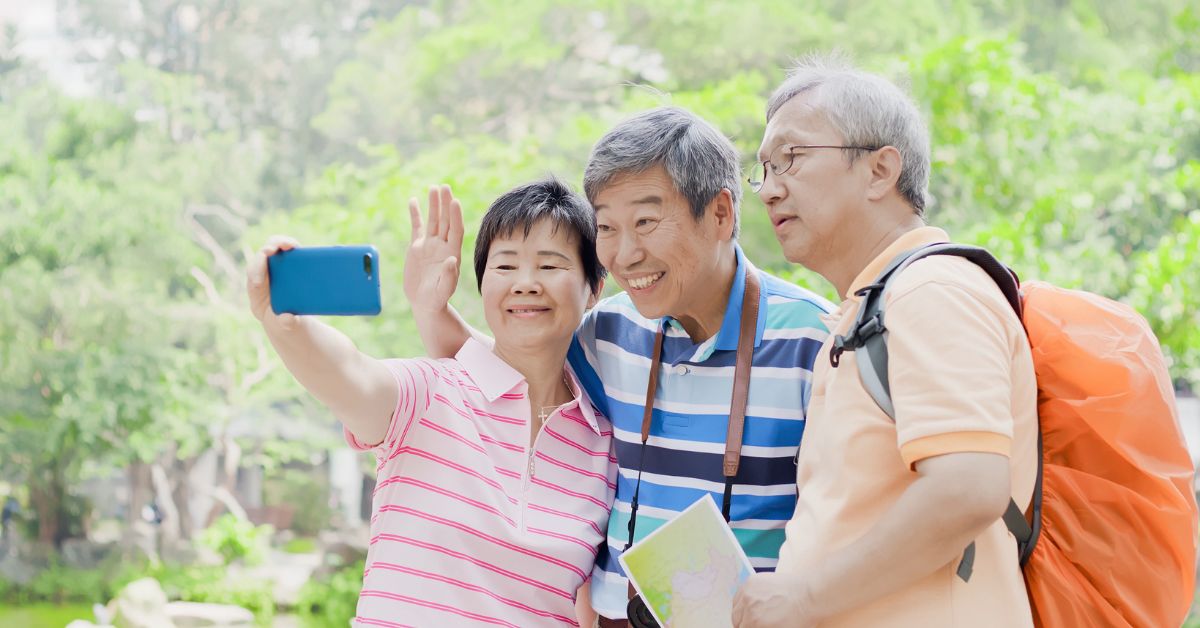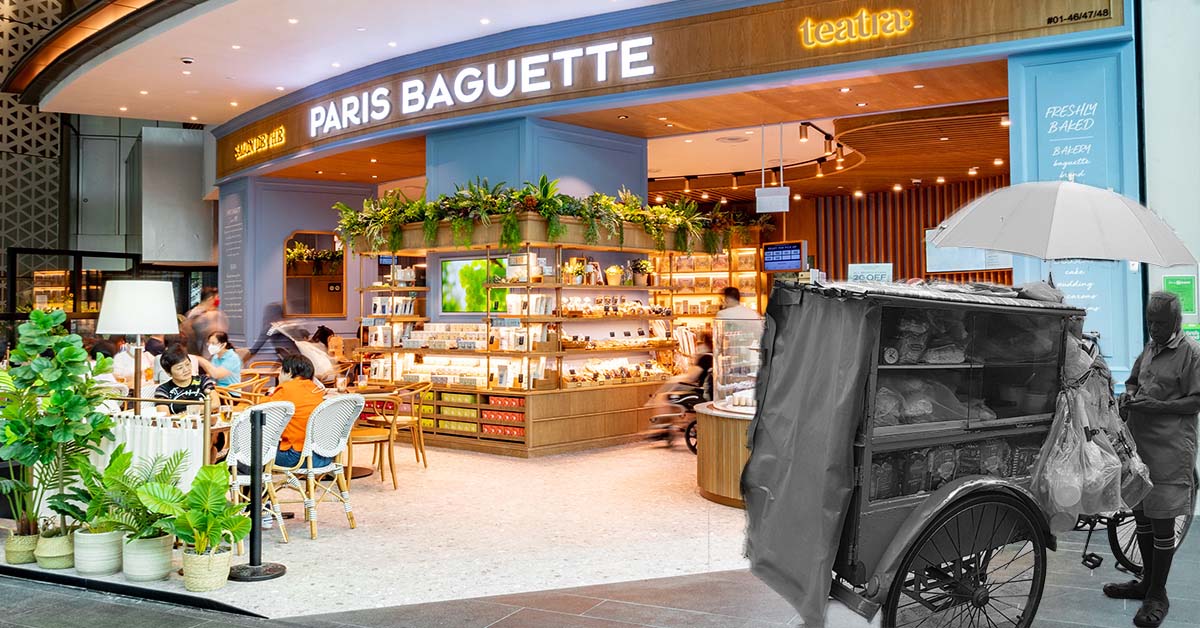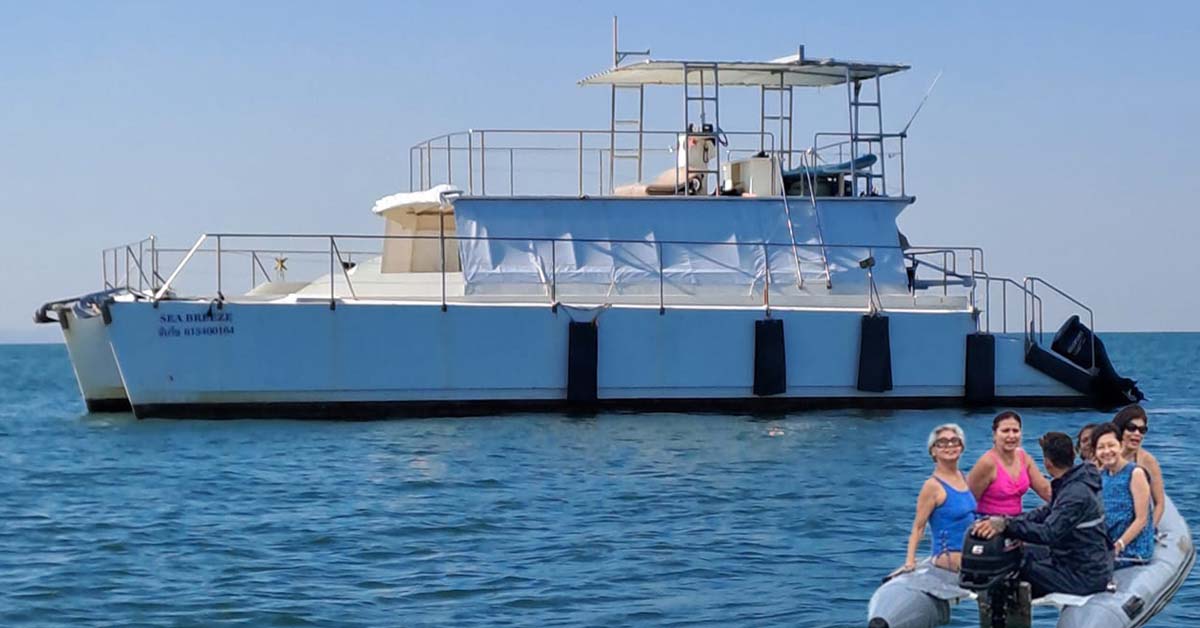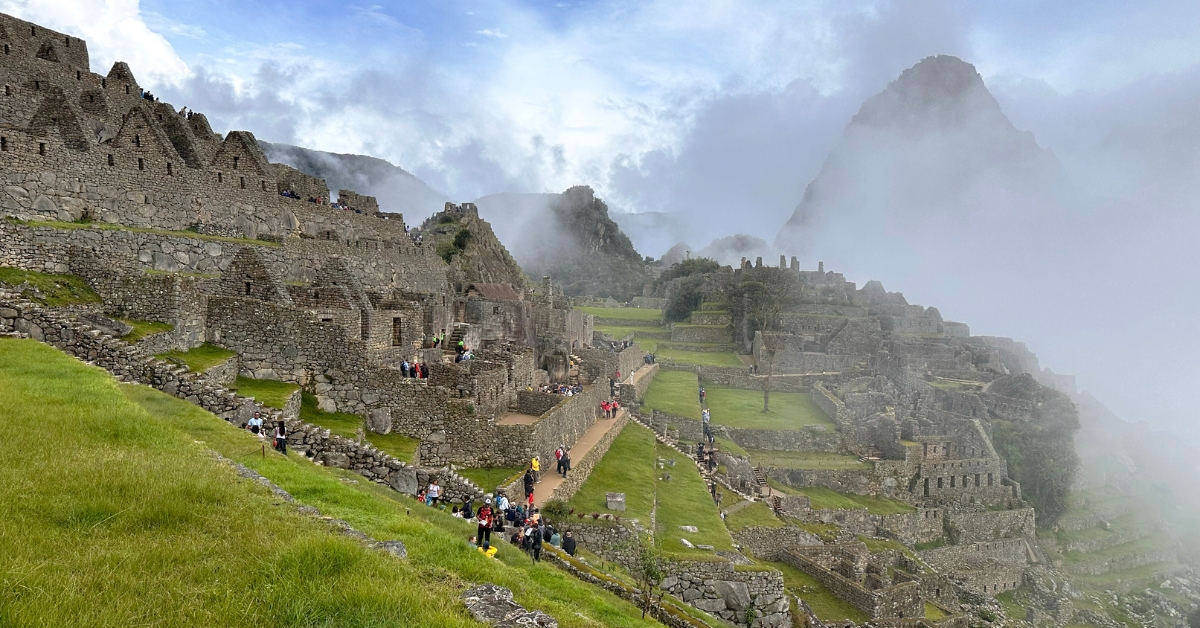
Machu Picchu is a bucket list destination and I’ve had my eye on it for a while. It’s one of the wonders of the world and also one of the most outstanding remaining vestiges of the Inca empire in Peru, Latin America.
When I mentioned that my husband and I were going there, well-wishing friends suggested that we start training on climbs at Bukit Timah hill. As our travel date approached, both my 70-year-old husband and myself got increasingly apprehensive as we had only been doing occasional long walks on flat ground. To be honest, he was prepared to ‘sit out’ this part of our travels to Peru if climbing proved too treacherous.
Lucky for us, that was not true, and we had a ball of a time, with careful planning that takes in account our fitness levels.
Since our return, fellow silver friends have been asking us whether they should change their plans to go there. Here are 10 things which I believe will make a difference for seniors who wish to add Machu Picchu to their bucket list.
First, a bit of background.
Advertisement
Appreciating Machu Picchu, the UNESCO world heritage site
Historians believe that this site demonstrated the immense know-how of the Incas, who considered themselves Sons of the Sun.
The Machu Picchu area is in an earthquake zone and how the stones fit together without masonry is a testament to the engineering expertise of this civilisation. The concept of the water distribution on 700 plus terraces was also another feat. So was the way that the Inca astronomers were able to predict solstices through the trapezoid-shaped windows. But I shall not give all the details away so as not to spoil your visit.
The site was abandoned and hidden from Spanish conquistadors who became rulers of this part of the world and left their indelible mark in Peru today through the language, food and culture.
What Silvers should know about Machu Picchu
1. You do not have to hike to Machu Picchu
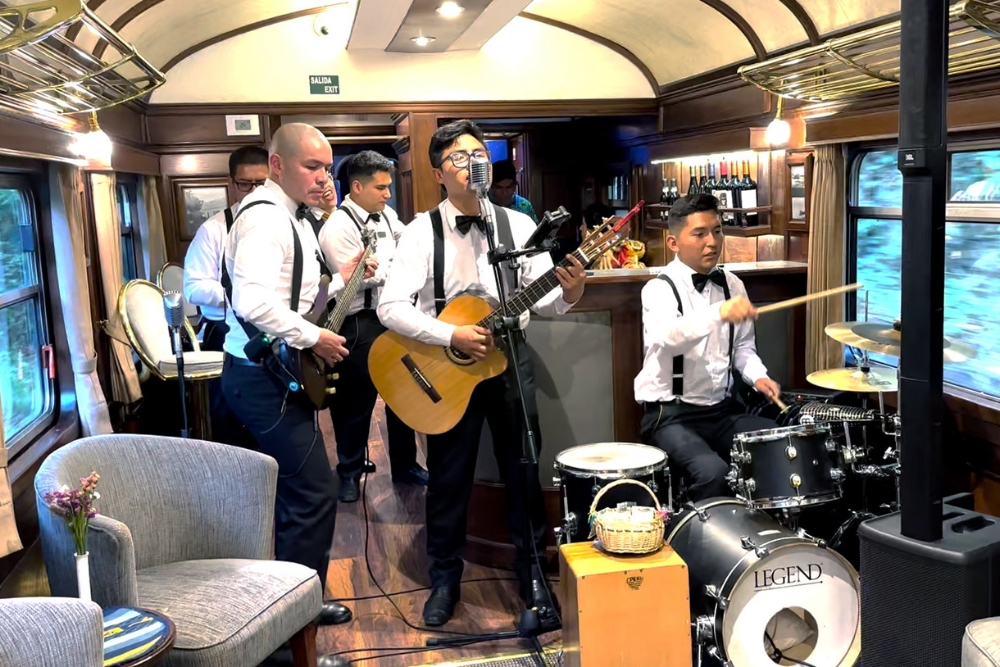
Yes, there are one-day to five-day hiking trails but there’s also a silver friendly way to get there. From the base Ollantaytambo, you can take the Vistadome train directly to Machu Picchu in 1 hour and 40 minutes. You can also take this train from Cuzco’s Poroy Station. The panoramic train have glass windows which extend to the roof, so that the sky and treetops are visible.
A more luxurious alternative is the Belmond Hiram Bingham — think Orient Express. We decided to treat ourselves with this ride and had business class service starting from when we stepped into the Ollantaytambo train station, to a lovely 3-course meal with unlimited drinks and a live music carriage on the train.
(Incidentally Hiram Bingham III was the American archaeologist that discovered the citadel, Machu Picchu in 1911.)
2. Take a bus from Aguas Calientes to the Machu Picchu site
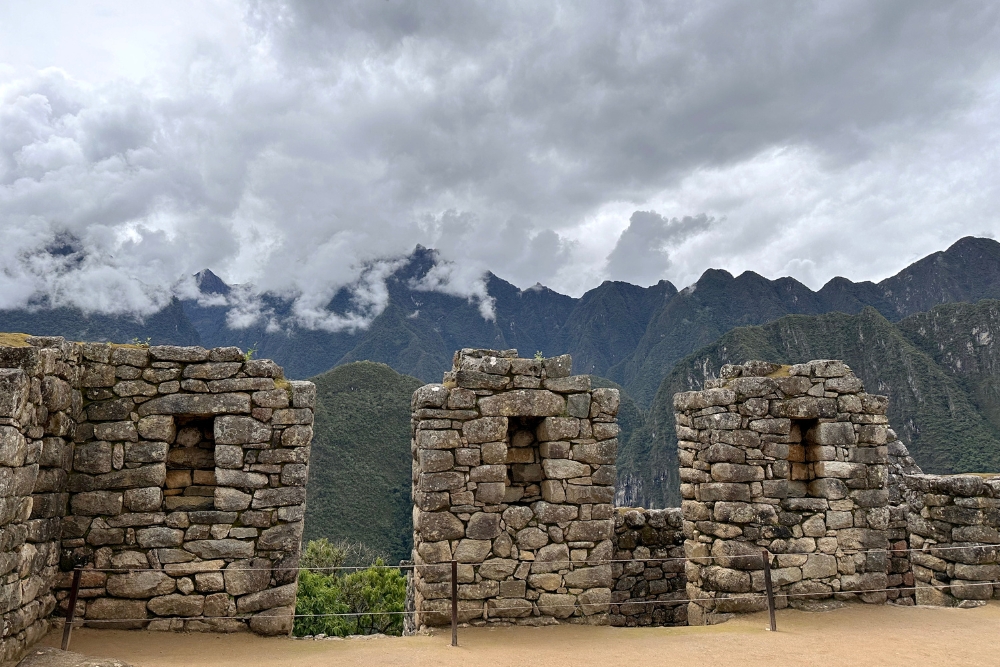
All trains bound for Machu Picchu stop at Aguas Calientes (literal translation is “hot springs”, due to the presence of thermal baths here). The narrow footpaths with an endless row of motels and hotels accessed via 360-degree road turns reminded me of Cameron Highlands.
From here, there are 30-minute bus rides to the Machu Picchu historic site. I was thankful for this alternative to the 90-minute uphill walk.
As we are not short of time, we also stayed two nights in Aguas Calientes and there are a few interesting experiences to explore: thermal springs spas, a hydroelectric dam and a butterfly sanctuary.
3. Choose the easier and flatter paths at the Machu Picchu
At Machu Picchu, as of June 2024, there are officially three circuits and 10 routes which cover different sights and have different levels of difficulty. The circuit you choose will determine which Machu Picchu ticket to buy as well.
Circuit 1 covers the upper portion of Machu Picchu, and offers lovely bird’s-eye views of the historic site. This route will bring you to the famous viewpoints to take that iconic Machu Picchu photo, but does not allow you to visit the urban areas at the lower parts within. It also requires a lot more stairs and slopes.
Circuit 2 is the closest to the classic route, covering both upper and lower parts of the citadel. It’s the most popular among visitors.
Circuit 3 covers the lower urban parts of Machu Picchu, but you won’t be able to see the panoramic views of the citadel.
I went in early 2024 before these changes to the circuits were made. From what I can tell, the route I took was closest to Circuit 2. There was a fair amount of walking, with some uphill portions, but manageable at a slow and steady pace. Both my husband and I completed the sightseeing, with enough time for good Machu Picchu photographs.
The route covers the main highlights like the Water Mirrors, the Temple of the Condor, Temple of the Sun and water channels, with great photograph spots at higher elevation.
For the silvers with mobility issues, I would suggest Circuit 3, as it covers the lower sections with flatter paths.
If you are keen to cover more than one circuit, do factor more than one day at Machu Picchu.
4. Prepare for altitude sickness
Altitude sickness is a concern, especially for us from a tropical island at sea level. I would suggest also getting a prescription of Diamox in Singapore before departing. Do ensure to take the right amount, or the effects to combat altitude sickness will not be felt.
Most travelers spend a couple of days in the city of Cusco before Machu Picchu so that you can acclimatise for altitude. Cusco’s altitude is about 3,400m above sea level, while Machu Picchu is at 2,400m. We also spent two days at Cusco to get accustomed to the high altitude and exploring other aspects of the Inca way of life.
You can also try the local herbal alternative for altitude sickness: an infusion of Coca leaves, a plant native to the Andes. Yes, it is the base product of cocaine, but we were assured that vast amounts of this plant is required for cocaine extraction, and I can confidently say that I’m not craving this herbal remedy after my return.
We were a party of four, and thankfully only one of us suffered from mild altitude sickness. His symptoms were just loss of appetite. The rest of us had a headache on the first day at Cusco but it worn off after acclimatization and didn’t affect our visit to Machu Picchu.
5. Hiking sticks are a must
A friend recommended me to bring hiking sticks and I found them very useful as the sticks give stability when climbing.
I used one stick while my husband took the other.
At Machu Picchu, the guide advised us to ensure that we had rubber tips to prevent damage to the site. These rubber tips are inexpensive and can be purchased just outside the citadel.
6. Orchids grow wild in Peru
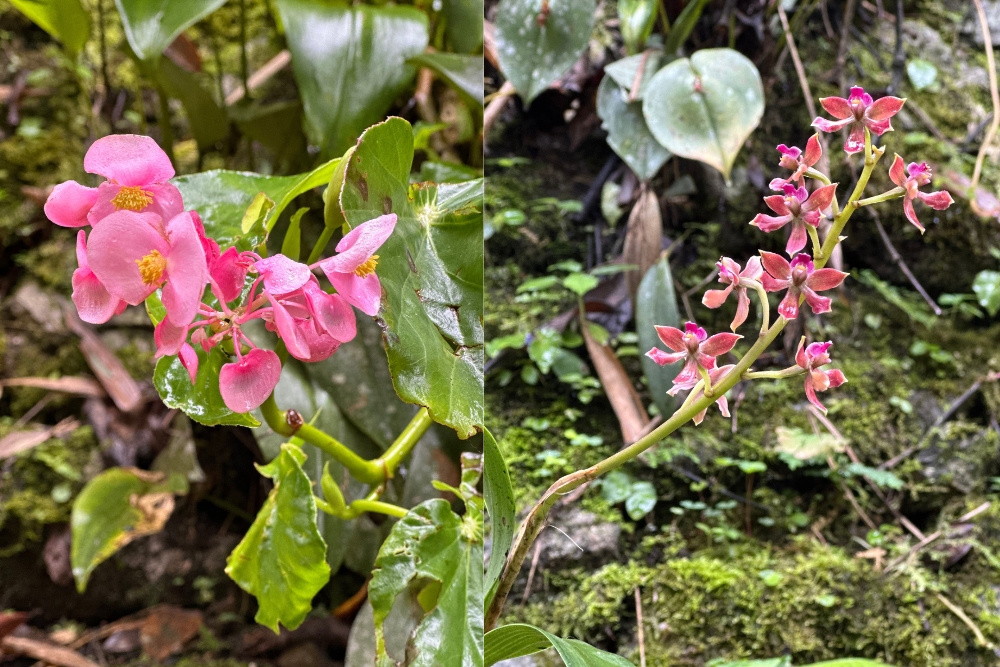
Besides the citadel, there are other marvels – 400 species of orchids in the Machu Picchu site. As I love photographing flowers of all shapes and sizes, this was a treat for me to see.
The high altitude and cloud forests of Machu Picchu are the perfect weather for orchids. Many are endemic to the area. I really appreciate the juxtaposition of the beautiful flowers against the majesty of the ancient ruins.
7. The alpaca family and don’t get fleeced
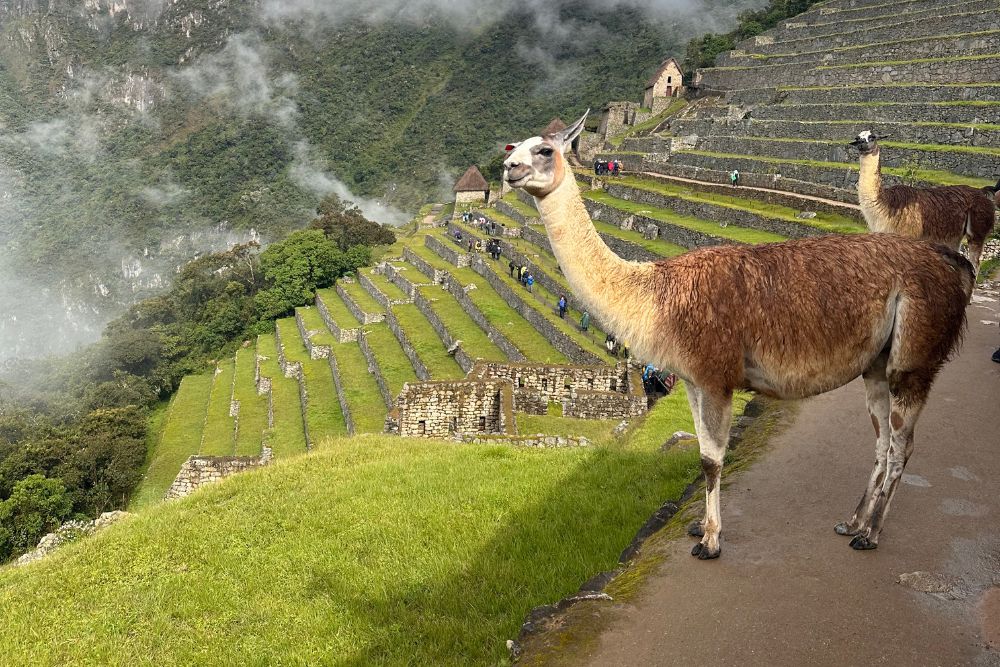
At Machu Picchu, you see a lot of alpacas and llamas. They can be a bit tough to tell apart for us, but alpacas tend to be smaller and cuter, so I liked them more. I also learnt three interesting things about alpacas:
- They are part of the camel family which accounts for the body shape, minus the humps.
- They are lamoids, of which there are four species: Llamas (pronounced as "ya-mas"), Alpacas, Guanacos and Vicunas. The latter two are lesser known because they are only found in the wild.
- Alpaca fleece is superior to sheep because it's warmer and non-allergenic due to the absence of lanolin. Very handy for long trips to colder countries.
8. Other side trips out of Cuzco
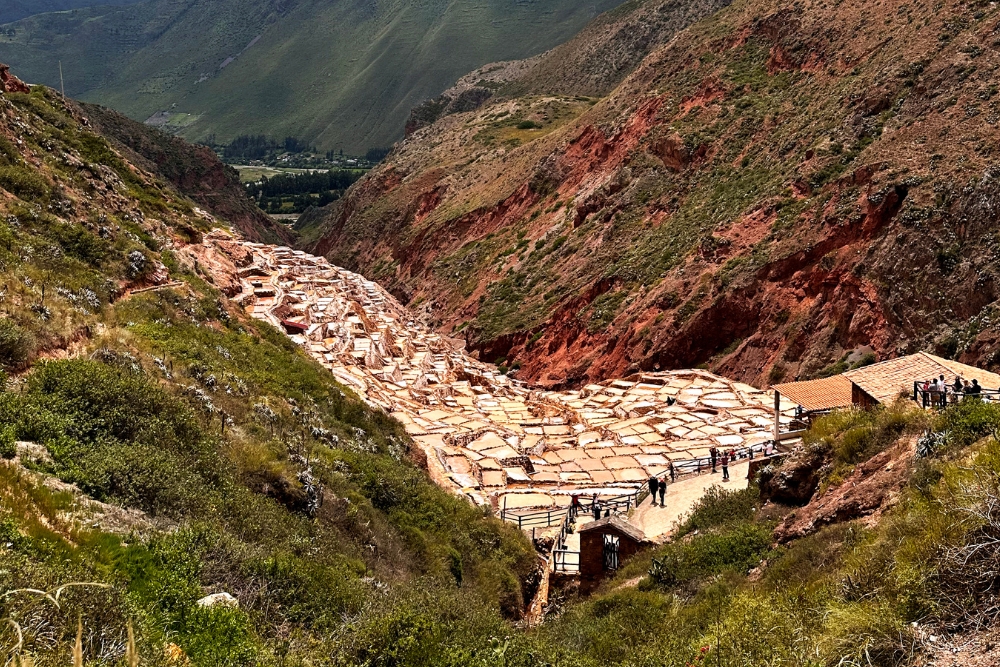
Although Machu Picchu was THE highlight, there are also many other great side trips out of Cuzco. This is one which I particularly enjoyed — Maras Salt Mines.
What impressed me most about the salt mines was that the ownership of these 3,000 ponds was given to different families in the nearby communities who still look after their own ponds.
As a silver, I can appreciate the familial significance of this practice which was common from about AD500 to AD1000. Salt was a precious commodity in the days before refrigeration and was used for food storage as well as human mummification.
9. Consider traveling during shoulder seasons
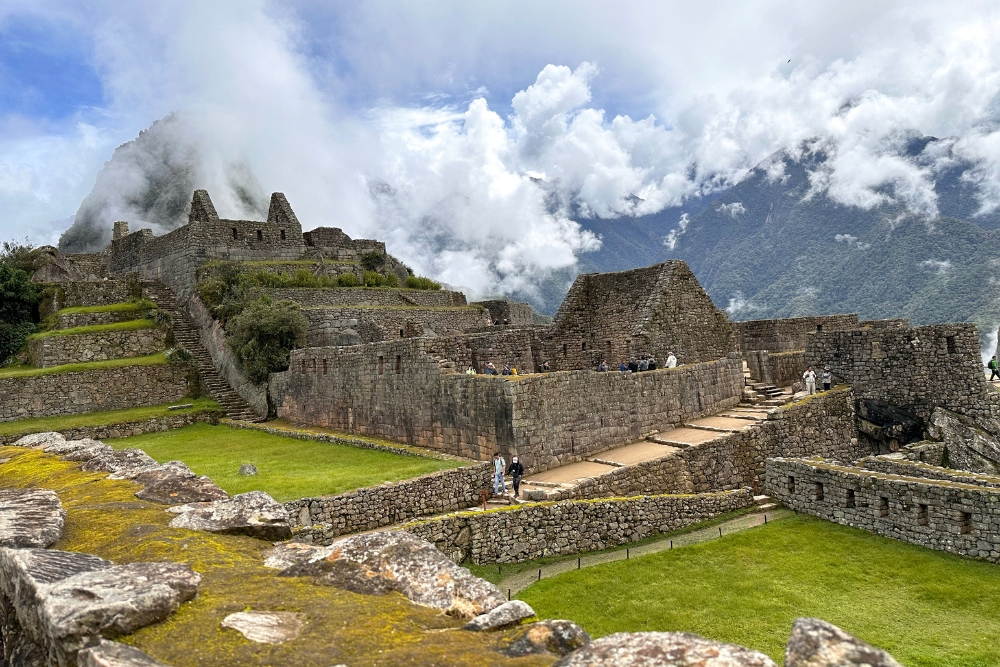
As silvers, we won’t stand a chance if we must jostle with younger and more agile travellers. Additionally, if we have flexible schedules, the shoulder seasons of April to May and September to early October are the best times to visit. Temperatures range from 7 to 16 degrees Celsius, and it won’t be as crowded.
10. A customised tour can make a big difference
These days with the internet and artificial intelligence, it’s relatively easy to have a travel itinerary mapped out in seconds.
Despite this and because Latin America is such a large continent, we took the advice of a friend to use a tour agency that specialises in customised tours. Manda of Blue Sky Escapes was our planner (not sponsored!) and she has spent months in South America which made her an ideal ‘guide’ in our travel plans.
As a result, I marveled at the synchronicity in how the trip was planned so that there were many ‘highs’, while keeping to our budgets.
Here’s my itinerary for Machu Picchu:
Day 1 — Arrive in Cuzco, Peru
Day 2 — Visit the Sacred Valley where the Salt Pans of Maras are located
Day 3 — Go to Ollantaytambo to take the train to Aguas Calientes
Day 4 — Spend the day at Machu Picchu
Day 5 — Depart for Lima and other tours of Peru
In traveling to South America for the first time for Machu Picchu in Peru, I have come to realise that we often underestimate its size. It’s a big continent which may mean several different trips.
After all, besides Machu Picchu, I also want to see Patagonia, Rio de Janeiro, Iguazu falls, the Galapagos islands and the Amazon rainforests. Sounds like at least three more trips to this part of the world.


